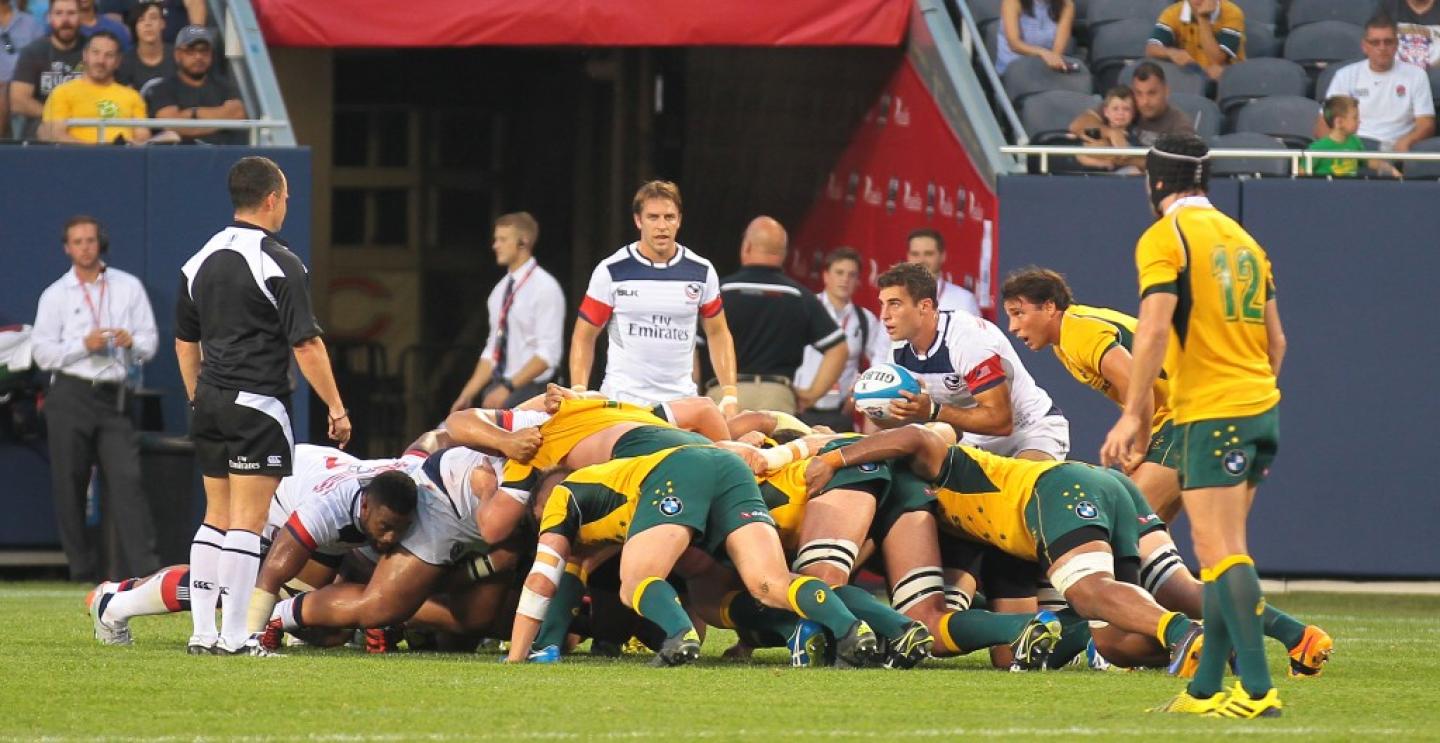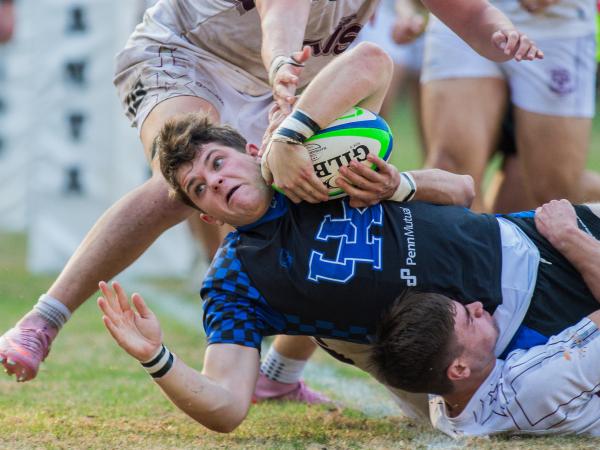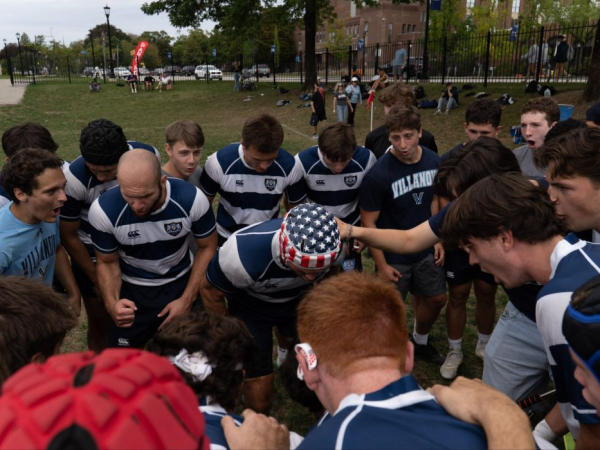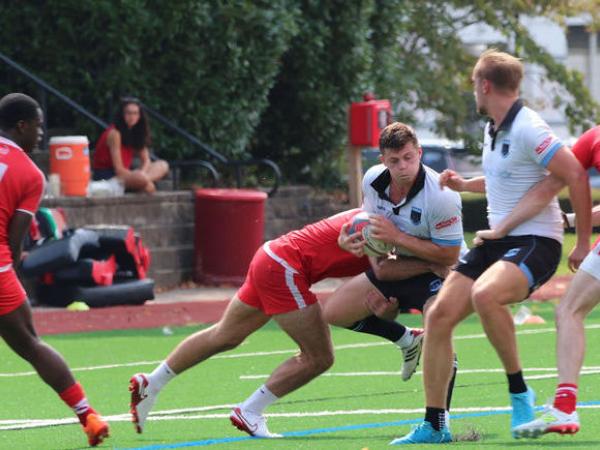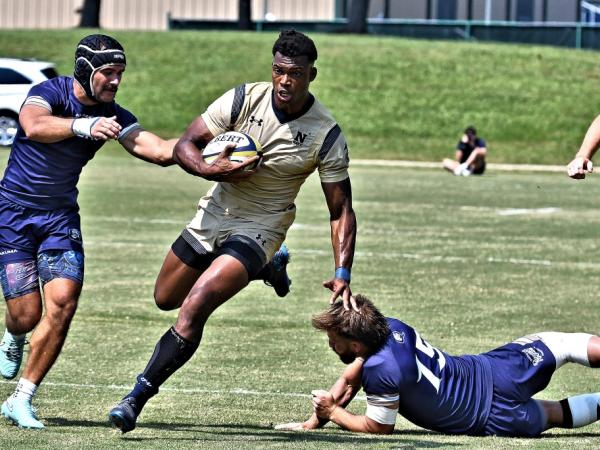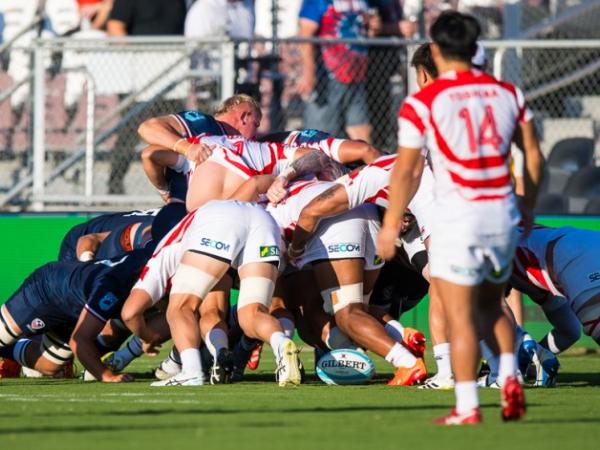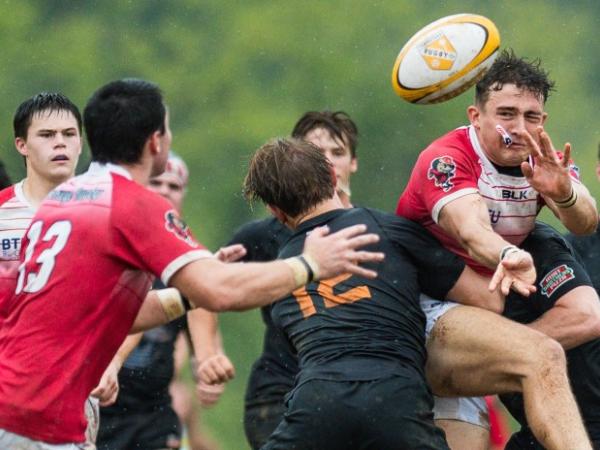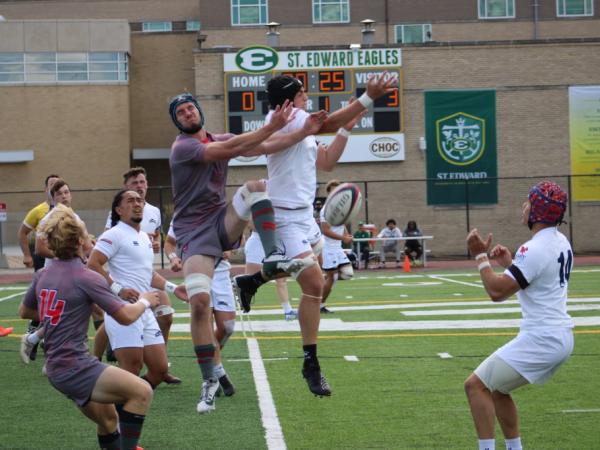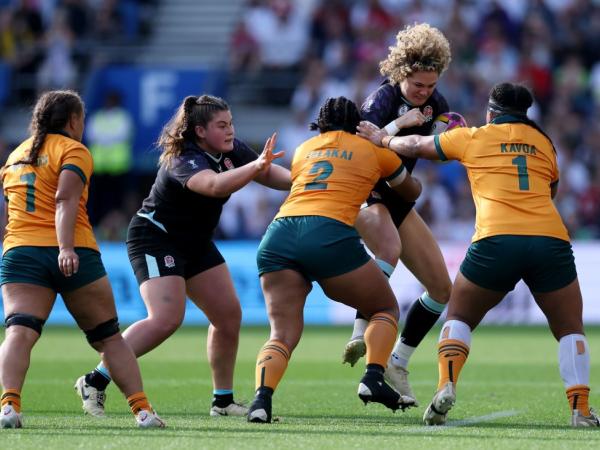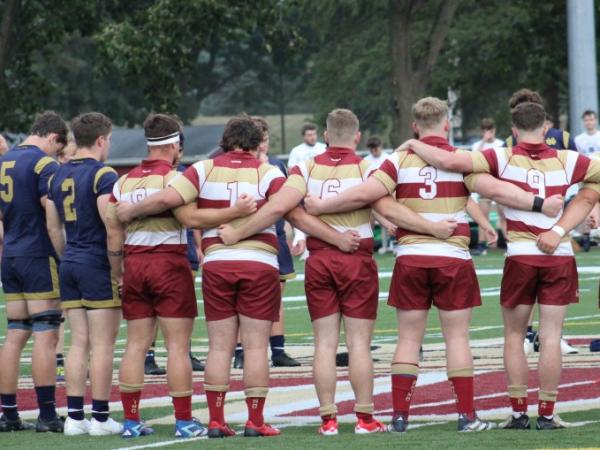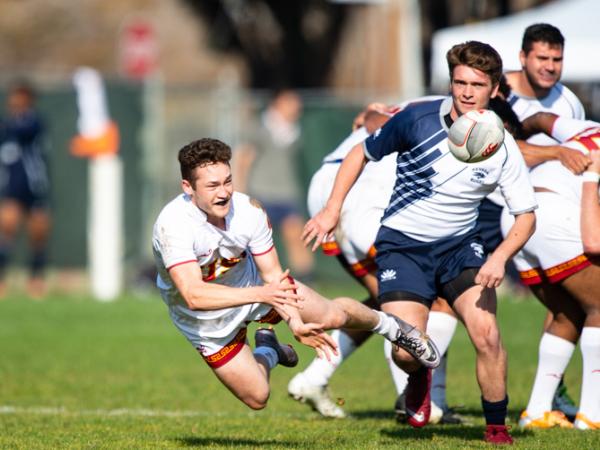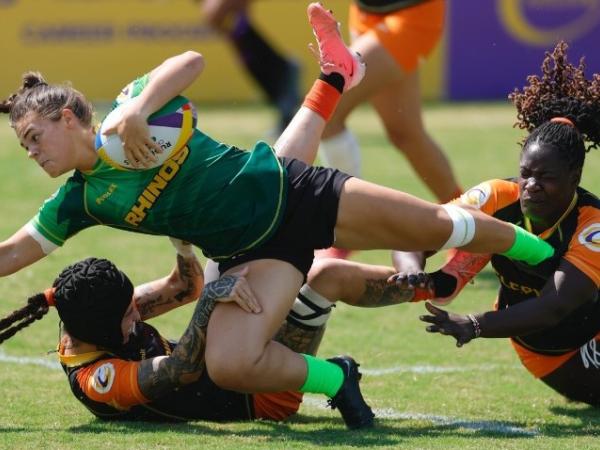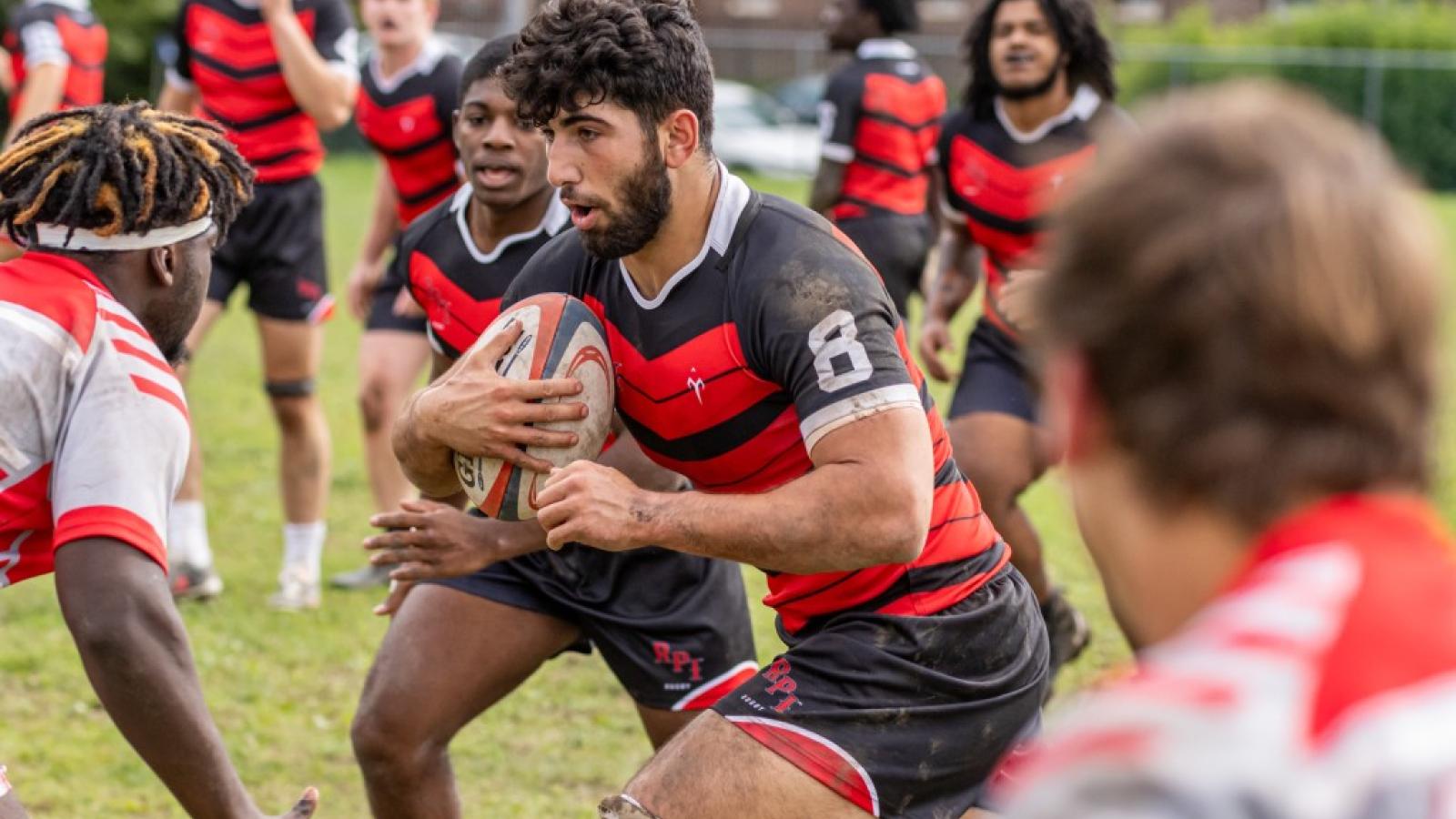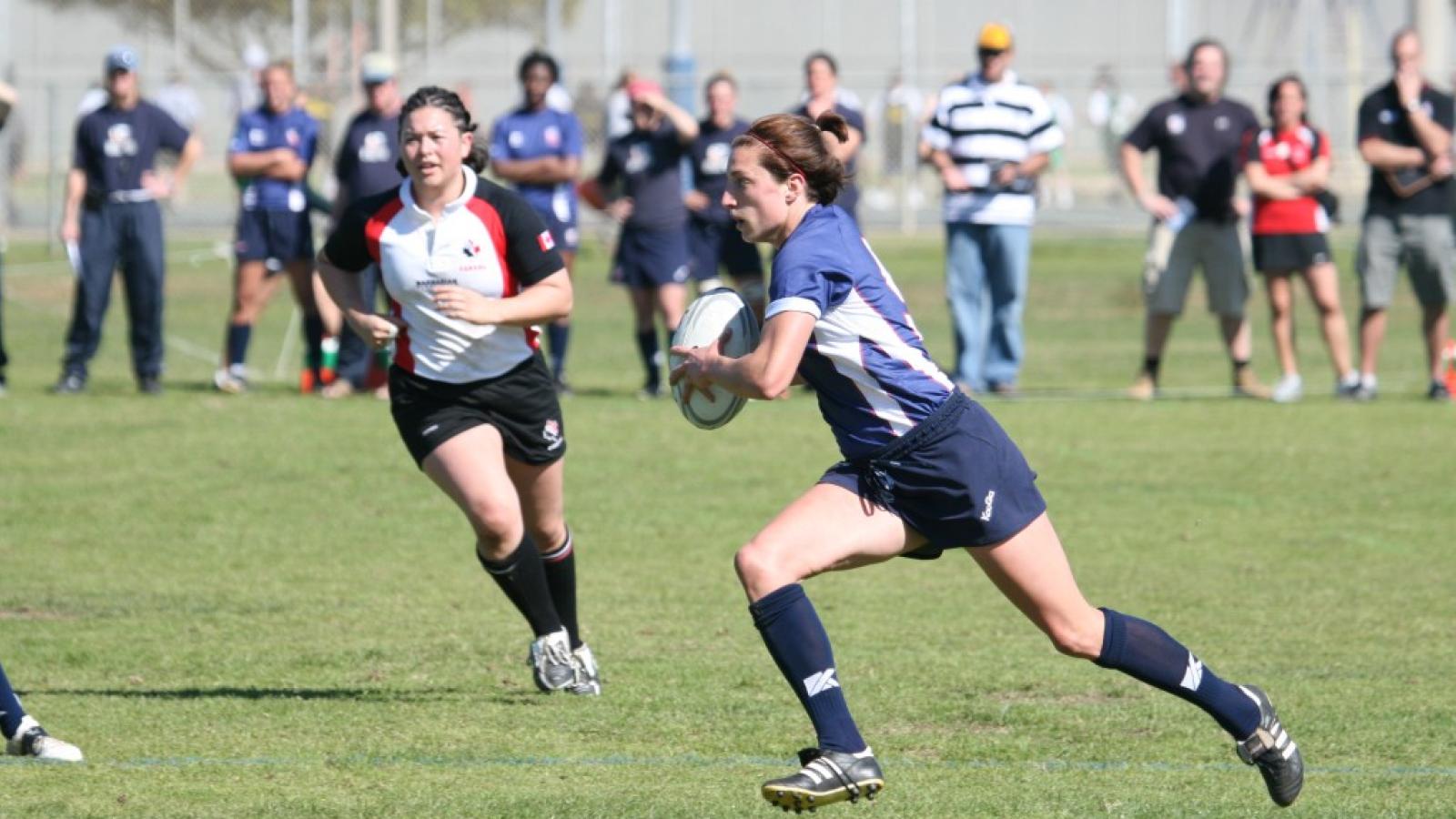While the world game of rugby enjoys its giant party with the Rugby World Cup, there’s another little party going on this year, as the sport’s international governing body will test some new laws.
The laws trials will be held in a variety of competitions around the world, a departure from the old modus operandus of testing the rules at Cambridge University and Stellenbosch University only.
The expansion makes sense, because different types of players can find different loopholes or problems with these laws.
We at Goff Rugby Report World Headquarters have had a look at these laws and we’ve got a few comments:
Law Trial
To discourage teams from going to uncontested scrums, if, because of a sending off or injury, a team cannot provide enough suitably trained front row players, the match continues with uncontested scrums, the scrums have to be played with eight players per side.
Comment
This makes sense. It retains one of the key aspects of the scrum - that eight players must be bound. We doubt there’ll be any problem with this law change.
-----------
Law Trial
In order to increase the penalty for infringing in the dying moments of the game, if time expires and a mark, free kick or penalty kick is then awarded, the referee allows play to continue. If time expires and a player then kicks to touch from a penalty kick anywhere in the playing area, the referee allows the throw-in to be taken, and play continues until the next time that the ball becomes dead.
Comment
Maybe we’re failing in the comprehension department, but the solution doesn’t seem to fix the problem. If a team is killing the ball at the end of a close game, and then gets a penalty, what, really, does it matter that they kick to touch for a penalty, and then have to make the ball dead from a lineout?
OK, maybe said team loses the lineout, but we’ve still got a problem, which is a team holding onto a lead of four to seven points keeps committing penalties. The fix for that is a yellow card, and another, and another …
Law Trial
For multiple penalised infringements, the referee has the discretion to allow the captain of the team for whom the penalty has been awarded, to choose from which of the points of penalty on the field, the penalty may be taken.
Comment
We like this. Teams that have a penalty advantage against them can currently commit another penalty and there’s no extra disadvantage - you can go back to the original offense, but that’s all. Giving the offended team the choice of which penalty to use is akin to how American football operates (you can decline a penalty, or choose which of multiple penalties you want to take). It’s a good idea.
-----------
Law Trial
Six points for a try, and two for a conversion, penalty, or drop goal.
Comment
Who knows? For some the concern is that the more a try is worth, the harder a defense will work to prevent a try, and now with a try potentially worth 8 points and a penalty goal only 2 points, the tradeoff gets better and better.
Conversely, if you go back to a try being worth 4 points (and a converted try 6), then for the offensive team, the choice of a penalty or drop goal over a try becomes more attractive.
The solution to increasing tries and reducing penalties is to make the ball harder to kick. And the other key to getting more tries is to harshly penalize professional fouls in the red zone.
-----------
Law Trial
If a player would probably have scored a try but for foul play by an opponent, a penalty try is awarded. The conversion kick shall not be taken after a penalty try is awarded. Value = eight points as above.
Comment
Meh. It’s a try because you “try” to kick the conversion. We don’t like taking that away.
-----------
Law Trial
To increase ball in play time, penalise poor kicks and reduce scrum time, the sevens variations for kick-off sanctions will apply: Free kick at the centre of the halfway line. There is not a scrum option from this free kick.
Comment
We don’t like this. Scrum center for a kickoff infraction works very nicely.
-----------
Law Trial
In order to avoid the ball being out of vision and to promote fair contest, a maul must start moving forward within five seconds it was started. If it does not do that and if the referee can see the ball, a reasonable time is allowed for the ball to emerge but the maul is ended. If it does not emerge within a reasonable time, a scrum is ordered.
Comment
This seems a little shoddily worded. A “reasonable time” mixed in with exactly “5 seconds” seems weird. Give the referee time to make a judgment or don’t, but don’t mix it up. Mauls are working fairly well right now, it’s just that obstruction by non-bound players has to be monitored.
-----------
Law Trial
While the ‘crouch, bind, set’ engagement sequence has achieved its objective of reducing scrum injuries by reducing forces on engagement by 25 per cent and reducing front row injuries by 50 per cent the rate of completions remains low at the elite level of the game. The following law amendment trial is designed to promote stability and speed of ball availability, reducing the number of collapses and resets.
- The referee will call “crouch” and then “bind”
- In the “crouch” position the front rows will be shoulder to shoulder with their opponents, stable and supporting their own weight without pushing
- On the “bind” call the props will position their arms in the correct ‘bind’ position.
- The front rows (+ back 5 players) will tighten binds and set themselves for the throw-in.
- The ball is then thrown-in without delay, Law 20.5
Comment
Changing the scrum engagement again? Not really interested.
-----------
Law Trial
The ball is thrown into the scrum without delay once the scrum comes together and is stable without any signal from anyone else.
Comment
Scrumhalves who delay the put-in because they don’t think the scrum is set will continue to do so. This is kind of back to the old way of doing things back 40 years ago. On an amateur level we like it, but on a professional level this is just going to be annoying.
-----------
Law Trial
The scrumhalf must throw the ball in straight, but is allowed to align his shoulder on the middle line of the scrum, therefore allowing him to stand a shoulder width towards his side of the middle line. This is designed to further promote scrum stability and enhance player welfare by reducing the pressure on the hooker striking the ball.
Comment
Whatevs; this is just so refs don’t have to call feeding anymore.
-----------
Law Trial
In order to promote, quicker, completed scrums and enhance player safety, the law trial is aimed at discouraging the team not in possession from wheeling the scrum. 20.11 (b) will be applied as follows: The new scrum is formed at the place where the previous scrum ended. If neither team win possession, the ball is thrown in by the team that previously threw it in.
Comment
Kind of no comment for this. We will see how it all shakes out. It used to be that wheeling the scrum was a good thing. Times change. Scrums are bigger now. We’ll see.
-----------
Law Trial
If an attacking player commits an infringement in the in-goal area which would have resulted in a scrum had it occurred within the field of play, and a defending player has made the ball dead or it has gone into touch-in-goal or on or over the dead ball line, play is restarted with either a five-metre scrum and the defending team throws the ball in OR a five-metre line drop out. The five-metre line drop out will be treated as per the 22m drop out. The 5 metre drop out can occur anywhere along the five-metre line.
Comment
Call this a USA rule. It certainly allows teams whose scrums are not strong to get out of problems without having to go through a series of scrums and penalties and time-wasting.






